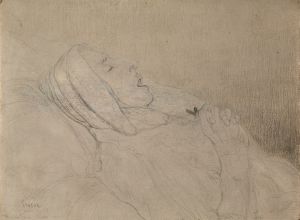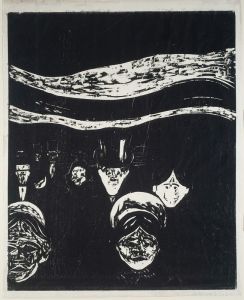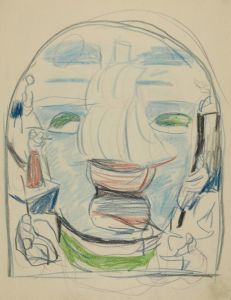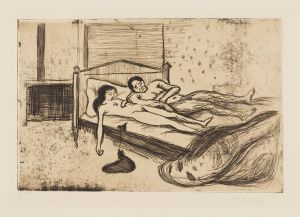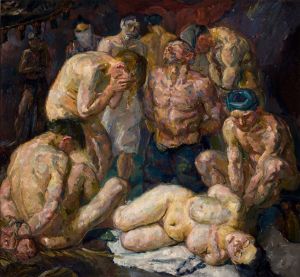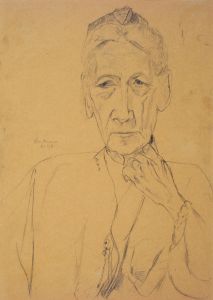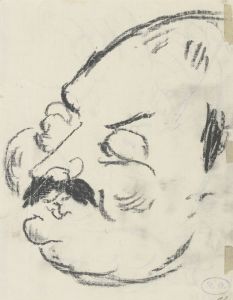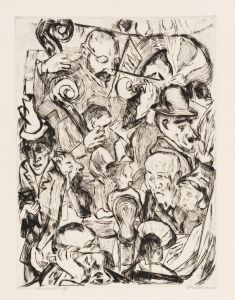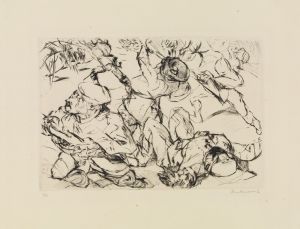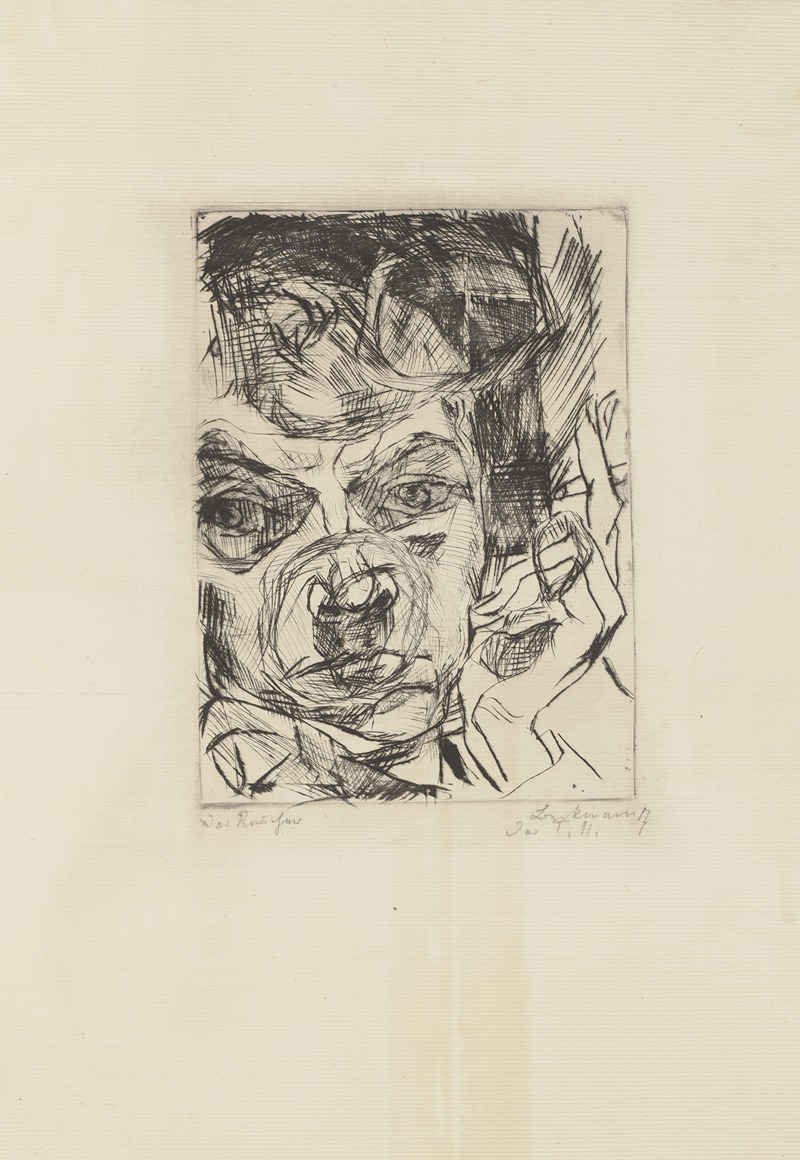
The Smoker
A hand-painted replica of Max Beckmann’s masterpiece The Smoker, meticulously crafted by professional artists to capture the true essence of the original. Each piece is created with museum-quality canvas and rare mineral pigments, carefully painted by experienced artists with delicate brushstrokes and rich, layered colors to perfectly recreate the texture of the original artwork. Unlike machine-printed reproductions, this hand-painted version brings the painting to life, infused with the artist’s emotions and skill in every stroke. Whether for personal collection or home decoration, it instantly elevates the artistic atmosphere of any space.
Max Beckmann's "The Smoker" is a notable work by the German painter, who is recognized for his contributions to the Expressionist movement. Beckmann, born in 1884 in Leipzig, Germany, is often associated with the New Objectivity movement, which emerged in the aftermath of World War I as a reaction against the emotional intensity of Expressionism. His works are characterized by bold colors, strong lines, and a focus on the human condition.
"The Smoker," painted in 1931, is a striking example of Beckmann's mature style. This period in Beckmann's career is marked by a shift towards more complex compositions and a deeper exploration of psychological themes. The painting depicts a man, presumably the titular smoker, in a contemplative pose. The figure is rendered with Beckmann's characteristic use of thick black outlines and a rich, somber palette, which adds to the introspective mood of the piece.
The subject of smoking, a common motif in Beckmann's work, can be interpreted in various ways. It may suggest a moment of pause or reflection, a theme that resonates with the broader existential concerns of Beckmann's oeuvre. The act of smoking, with its transient nature, could also symbolize the fleetingness of life, a concept that Beckmann explored in many of his works.
Beckmann's life and career were deeply affected by the political and social upheavals of his time. The rise of the Nazi regime in Germany had a profound impact on him. In 1933, just two years after completing "The Smoker," Beckmann was dismissed from his teaching position at the Städelschule in Frankfurt due to the Nazi's policies against what they termed "degenerate art." His works were removed from German museums, and he eventually emigrated to the Netherlands in 1937, before moving to the United States in 1947.
"The Smoker" reflects Beckmann's interest in the human psyche and his ability to convey complex emotions through his art. The painting's composition, with its focus on a solitary figure, invites viewers to engage with the inner world of the subject. This introspective quality is a hallmark of Beckmann's work, which often delves into themes of identity, isolation, and the human experience.
While "The Smoker" is not as widely known as some of Beckmann's other works, such as "The Night" or "Departure," it remains an important piece within his body of work. It exemplifies his skill in capturing the nuances of human emotion and his ability to convey profound themes through his distinctive style.
Max Beckmann's legacy as an artist is significant, and his works continue to be studied and appreciated for their depth and complexity. "The Smoker" is a testament to his mastery of form and his insightful exploration of the human condition, making it a valuable piece for understanding the broader context of 20th-century art.





